In today’s fast-paced and data-driven world, efficient and accurate tracking systems are crucial for businesses to stay competitive. Whether you're managing inventory, tracking assets, or enhancing customer experiences, UHF RFID technology is emerging as a game-changer in various industries.
One standout solution that’s driving this change is the UHF RFID Reader/Writer, an essential tool in industries like retail, warehouse management, and inventory tracking. Let's explore how UHF RFID technology works and how it’s revolutionizing business operations.
1. UHF RFID Technology: A Versatile Solution
UHF RFID (Ultra High Frequency Radio Frequency Identification) is a wireless technology that uses radio waves to identify, track, and manage objects tagged with RFID labels. Operating within the 860–960 MHz frequency range, UHF RFID readers can detect tags from a distance, offering high-speed data collection with minimal effort.
This versatility makes UHF RFID readers compatible with a wide range of applications, including retail, warehouse operations, inventory management, and even logistics.
2. Rapid and Accurate Data Capture
One of the biggest advantages of UHF RFID readers is their ability to read and write data quickly and accurately. With a reading range of up to 180mm and a writing range of up to 80mm, these devices allow businesses to capture data in real-time, significantly speeding up processes like inventory updates, asset tracking, and even checkout operations in retail.
By using UHF RFID technology, businesses can ensure that data is collected with precision, reducing human error and improving overall operational efficiency.
3. Flexible Integration with Existing Systems
UHF RFID readers are designed to seamlessly integrate with a variety of software applications. Many models support virtual keyboard and serial port modes, allowing users to easily interface with existing systems. This flexibility ensures that businesses can quickly incorporate UHF RFID technology without overhauling their entire infrastructure.
For example, RFID readers can output tag information directly into POS systems using keyboard emulation or allow for custom applications through serial communication, making them adaptable to many workflows.
4. Low Power Consumption for Sustainable Operations
An often-overlooked benefit of UHF RFID technology is its low power consumption. UHF RFID readers that operate via USB or a +5V power supply consume less than 200mA of current, ensuring long-lasting and stable operation. This low energy usage not only extends the lifespan of the devices but also helps businesses reduce energy costs and environmental impact.
5. Simplified Setup and Use
Setting up an RFID system doesn't need to be complicated. Many UHF RFID readers come with free SDKs (Software Development Kits) and user guides, making it easier for businesses to integrate the technology into their existing systems. These resources help developers quickly implement the reader and create customized solutions that meet specific business needs.
Applications of UHF RFID Technology in Business
UHF RFID technology is transforming how businesses manage and track assets, inventory, and even customer interactions. Here are some key areas where UHF RFID is making an impact:
Retail and Apparel: Improve inventory accuracy, speed up checkouts, and prevent theft with real-time tracking of products.
Warehouse and Inventory Management: Streamline stock updates, monitor item movement, and reduce human error in inventory tracking.
Asset Tracking: Ensure the secure and accurate tracking of valuable assets in industries such as healthcare, manufacturing, and logistics.
Logistics and Supply Chain: Track goods throughout the supply chain, reducing errors and delays and ensuring faster deliveries.
Conclusion: The Future of RFID Technology
As businesses continue to evolve and demand more efficient solutions, UHF RFID technology is becoming a critical component in operations. With its ability to provide fast, accurate, and reliable data capture, UHF RFID technology is streamlining processes and enhancing productivity across a wide range of industries.
By adopting UHF RFID solutions, businesses can gain a competitive edge, reduce errors, and ensure their operations run smoothly. With its low power consumption and flexible integration capabilities, UHF RFID technology is not just a trend – it’s the future of asset and inventory management.

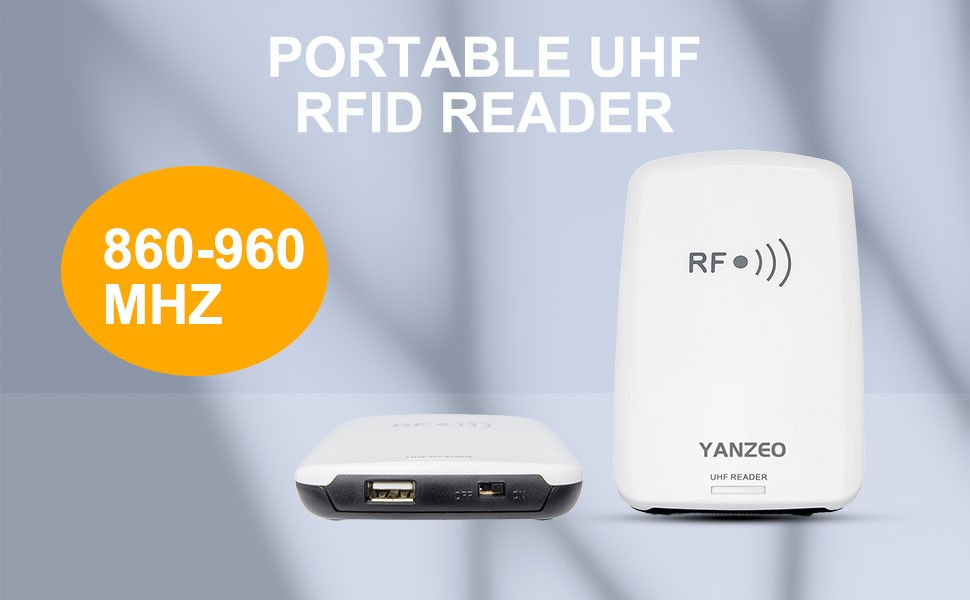


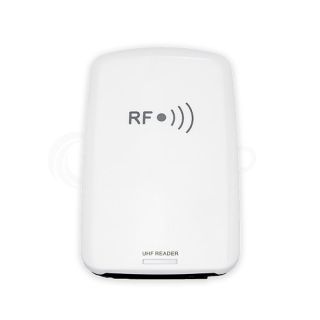
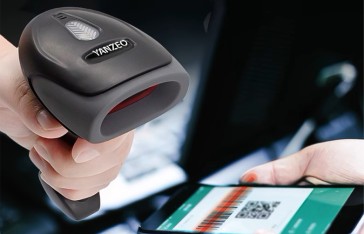
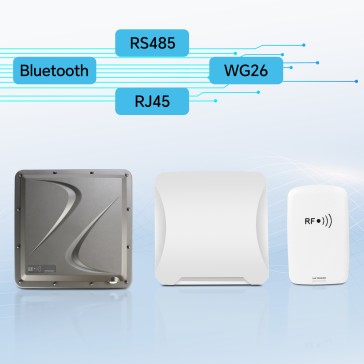
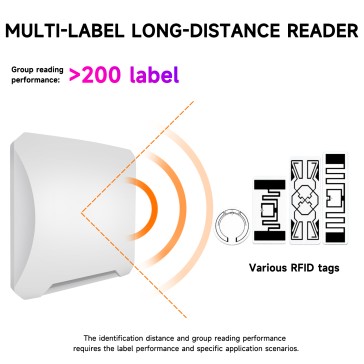
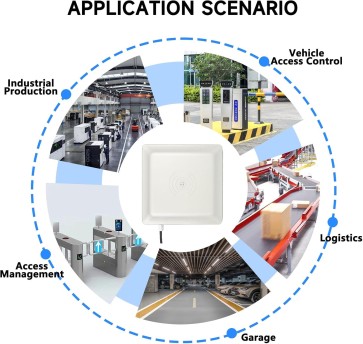
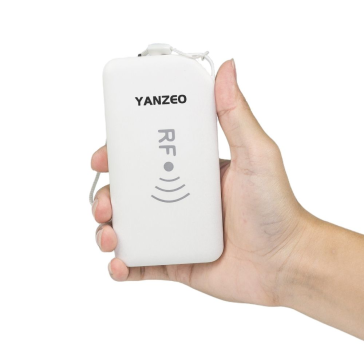
Validate your login